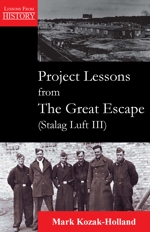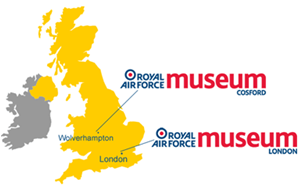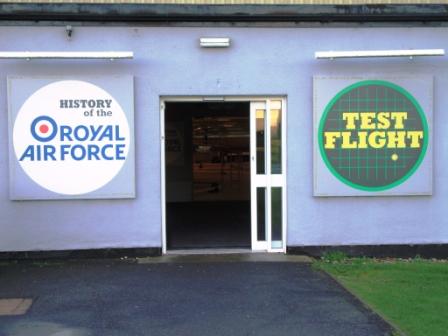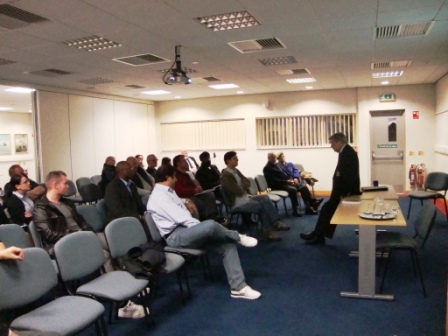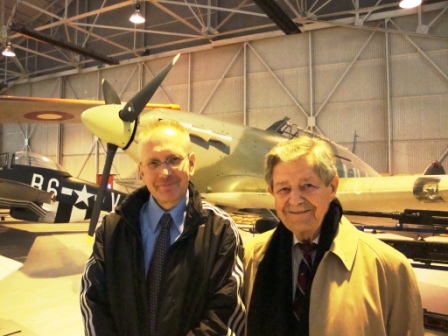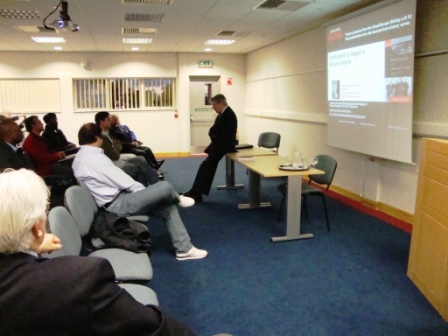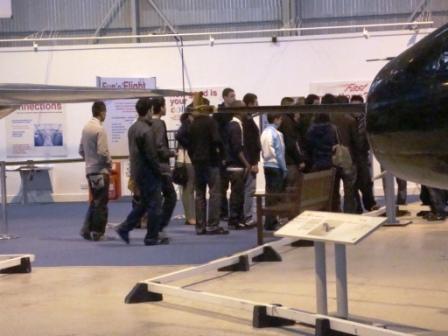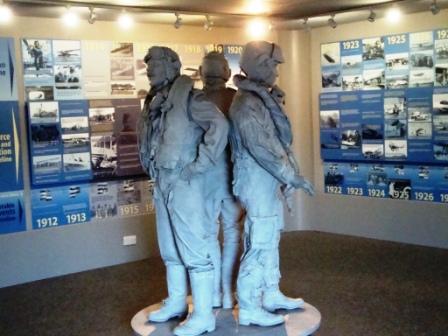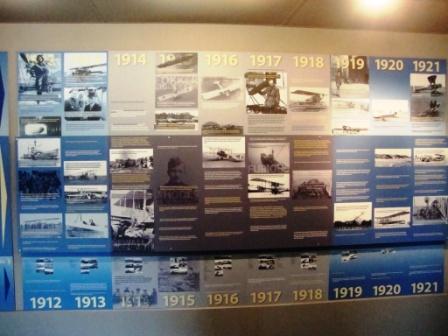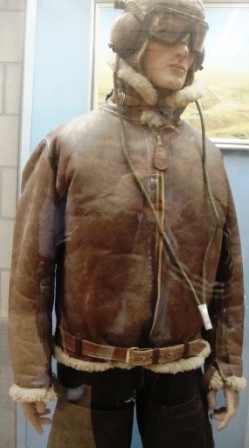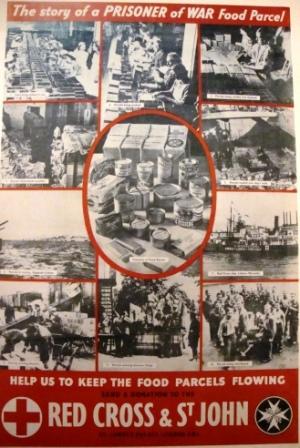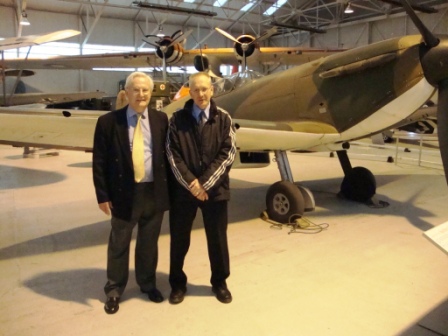LFH Overview
GE Royal Air Force Museum Cosford
Lessons from History for Today’s World
Event • 19 October 2010 • Royal Air Force Museum • Cosford, Shropshire, UK
|
The Great Escape required a lot of planning, preparation and team work. It was planned and executed as a project in what seemed a hopeless situation and the men overcame huge obstacles with ingenuity and tenacity. In today’s difficult and hostile economic climate, there are parallels with the challenges facing us today.
The Great Escape was a rigorously planned and implemented project which mirrors many ‘impossible’ requirements of today’s business world.
|
|
|
|
|
|
The presence of the WWII vetrans in the room gave the whole experience a unique dimension. To set the scene, Alan Clifford, a veteran of the Stalag Luft III camp, first explained what it was like being captured and interrogated after bailing out of his stricken aircraft in 1943. That was his first ever jump! He recounting how he went through 4 days of interogation and eventually came to arrive at Stalag Luft IV. In January 1945 he was force marched back East and arrived at Stalag Luft III. He was there for a few months and was then part of the Death March to Germany where may POWs died. He recounted how he and a friend finally managed to escape - although by then they were escaping from the Soviet Russian forces not the Germans. Alan is part of the RAF Museum volunteer staff.
|
|
|
|
|
|
The afternoon started with the presentation of the Great Escape story to a group of 47 young students from the Birmingham Metropolitan College who were studying a variety of business subjects. The story was linked to key business issues of today, including the gathering and effective use of business intelligence, leadership, resource management, and project management.
|
|
|
|
|
|
This was followed by the story of the camp and the development of the Great Escape plan and associated tunnels. It looked at how "business intelligence" was gathered and effectively used, and why leadership and organisation were key components of the event, and how the innovative and opportunistic approach of individuals helped to maintain the required momentum.
Ultimately, as an escape and return home it was a failure - with only 3 airmen making it back to allied territory- but the plan's other objective of causing confusion and tieing up large numbers of German troops and para-military in the searches was successful. The key people issues of leadership, resilience, determination, and effective use of intelligence in an adverse environment are surely useful lessons for us all at the moment. |
|
|
|
|
|
The evening session related the story and the events of the Great Escape, and explain the valueable business, leadership, and project management lessons that we can learn from this historical event. The audience comprised of 30 local managers, members of the CILT and PMI, and students from UWBS.
Our thanks to the Museum and veterans, Ian Hughes, Martin Price, and RAF Cosford. |
|
|
|
|





